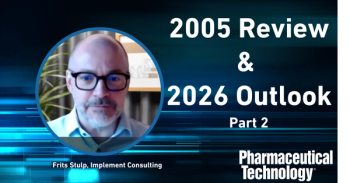
ICH Moves Q3D Impurities Guidance to Implementation Stage
ICH elemental impurities guideline sets a global policy for limiting metal impurities in drug products and ingredients.
The International Conference on Harmonization of Technical Requirements for Registration of Pharmaceuticals for Human Use (ICH) Steering Committee has moved Q3D Guideline on Elemental Impurities to Step 4 of the ICH process, recommending it for adoption by regulatory agencies. The guideline now enters the implementation period (Step 5), which is carried out according to national or regional procedures that apply to other regional regulatory guidelines and requirements in the European Union, Japan, United States, Canada, Switzerland, and other areas.
Q3D, which is available for
Impurities are classified in an existing ICH Q3A guideline as “organic, inorganic, and residual solvents,” and Q3A and Q3B discuss requirements for organic impurities. ICH Q3C provides clarification of the requirements for residual solvents. The new Q3D guideline would provide similar clarification of the requirements for metals, which are included in the ICH inorganic impurities classification.
Source:
Newsletter
Get the essential updates shaping the future of pharma manufacturing and compliance—subscribe today to Pharmaceutical Technology and never miss a breakthrough.




